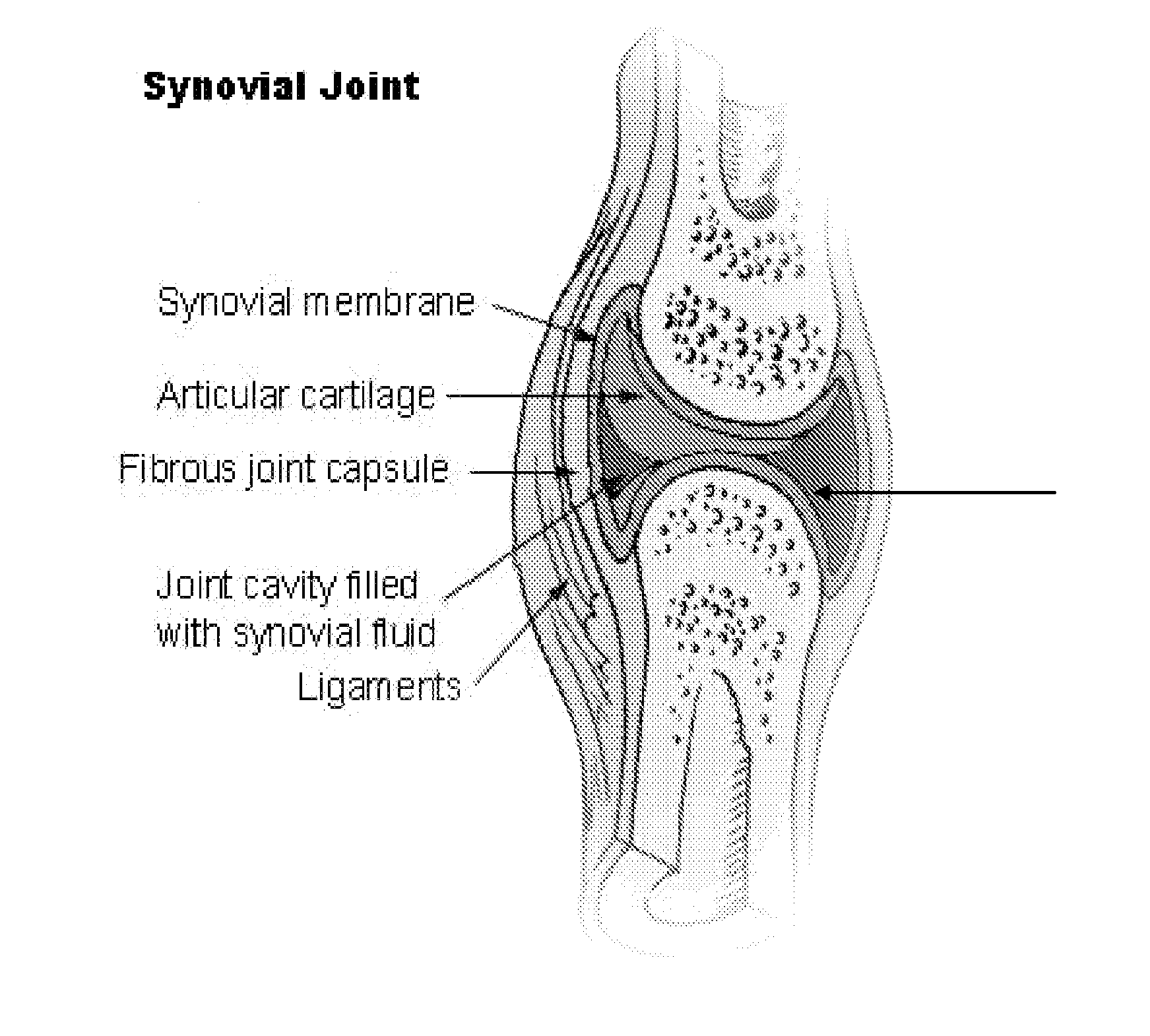Local complement inhibition for treatment of complement-mediated disorders
a complement inhibitor and local technology, applied in immunological disorders, metabolism disorders, antibody medical ingredients, etc., can solve the problem that the number of complement inhibitors has been less successful in the clinic than
- Summary
- Abstract
- Description
- Claims
- Application Information
AI Technical Summary
Benefits of technology
Problems solved by technology
Method used
Image
Examples
example 1
ELISA-Based Assay for Classical Complement Pathway Activation to Assess Complement Inhibiting Activity
[0345]This example describes a protocol for measuring complement pathway activation and the ability of a test agent, e.g., a complement inhibitor of interest, to inhibit it. The protocol measures C3b deposition in an ELISA format. C3b deposition monitored here is through complement activated by the classical pathway. Briefly, 96-well plates are coated with BSA. Plasma (or any biological sample of interest), chicken ovalbumin (OVA), polyclonal anti-OVA antibodies and a complement inhibitor of interest are then added and incubated, followed by addition of Anti-human C3 HRP-conjugated antibody. After an additional incubation, substrate is added and signal detected.
[0346]Ninety-six well ELISA plate (ThermoElectron 9205)
[0347]Chicken OVA (Sigma A5378)
[0348]Polyclonal anti-chicken OVA (Abcam ab1221-100)
[0349]BSA 1% in PBS—Calbiochem #126626 1 / 30 dilution
[0350]Veronal Buffer+0.5 mM MgCl2+0...
example 2
ELISA-Based Assay for Alternative Complement Pathway Activation to Assess Complement Inhibiting Activity
[0386]This example describes a protocol for measuring complement pathway activation and the ability of a test agent, e.g., a complement inhibitor of interest, to inhibit it. The protocol measures C3b deposition in an ELISA format. C3b deposition monitored here is through complement activated by the alternative pathway. Briefly, 96-well plates are coated with LPS+BSA. Plasma (or any biological sample of interest) and any complement inhibitor of interest are then added and incubated, followed by addition of Anti-human C3 HRP-conjugated antibody. After an additional incubation, substrate is added and signal detected.
Materials:
[0387]Ninety-six well ELISA plate (Corning 3590)
[0388]LPS from Salmonella typhosa—Sigma L7136 (40 ug / ml in PBS)
[0389]BSA 1% in PBS—Calbiochem #126626 1 / 30 dilution
[0390]Veronal Buffer+10 mM MgCl2+10 mM EGTA (VB-Mg EGTA)
[0391]Plasma (collected with Lepirudin at 5...
example 3
[0421]The following procedure may be used to calculate IC50 values for a complement inhibitor and biological sample of interest. Data is analyzed using GraphPad Prism v4.03 software. Data sets from each experiment are normalized to percent activation compared to the 100% activation control corresponding to the well to which no compound is added. Then, all single data sets are pooled into a single table. Drug concentration values (X values) are transformed to their Logarithms and percent activation (Pa) (Y values) is transformed to percent inhibition (Pi) using the following formula Pi=100−Pa (Yi=100−Ya). The percent inhibition is plotted against the drug concentration and the resulting data set is fit to a sigmoidal-dose response function [Y=Bottom+(Top−Bottom) / (1+10^((Log EC50−X)))]. IC50 values are obtained from the fit parameters.
PUM
| Property | Measurement | Unit |
|---|---|---|
| time | aaaaa | aaaaa |
| equilibrium dissociation constant | aaaaa | aaaaa |
| equilibrium dissociation constant | aaaaa | aaaaa |
Abstract
Description
Claims
Application Information
 Login to View More
Login to View More - R&D
- Intellectual Property
- Life Sciences
- Materials
- Tech Scout
- Unparalleled Data Quality
- Higher Quality Content
- 60% Fewer Hallucinations
Browse by: Latest US Patents, China's latest patents, Technical Efficacy Thesaurus, Application Domain, Technology Topic, Popular Technical Reports.
© 2025 PatSnap. All rights reserved.Legal|Privacy policy|Modern Slavery Act Transparency Statement|Sitemap|About US| Contact US: help@patsnap.com

